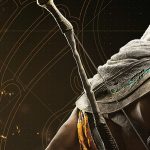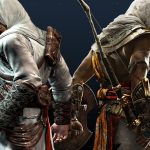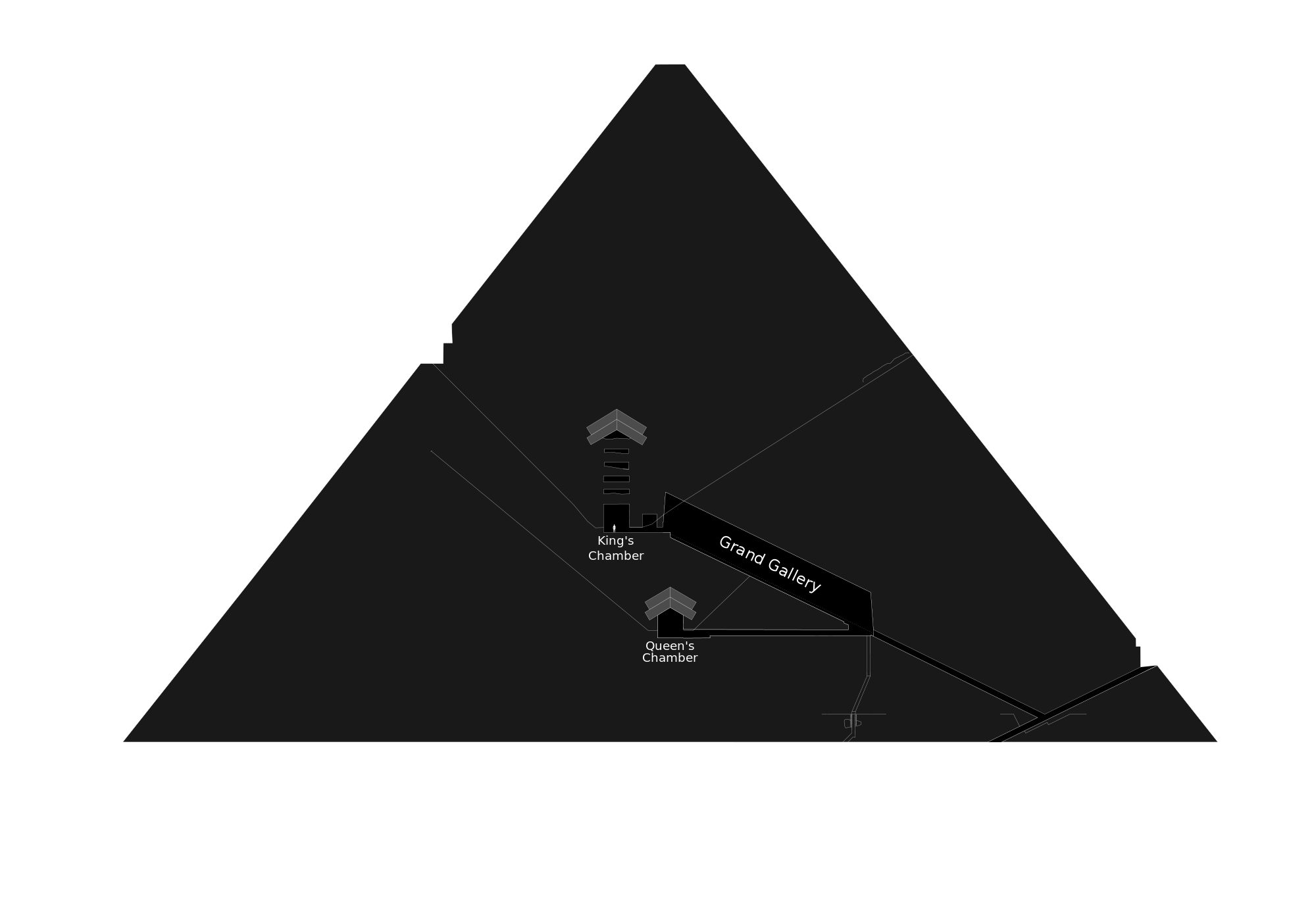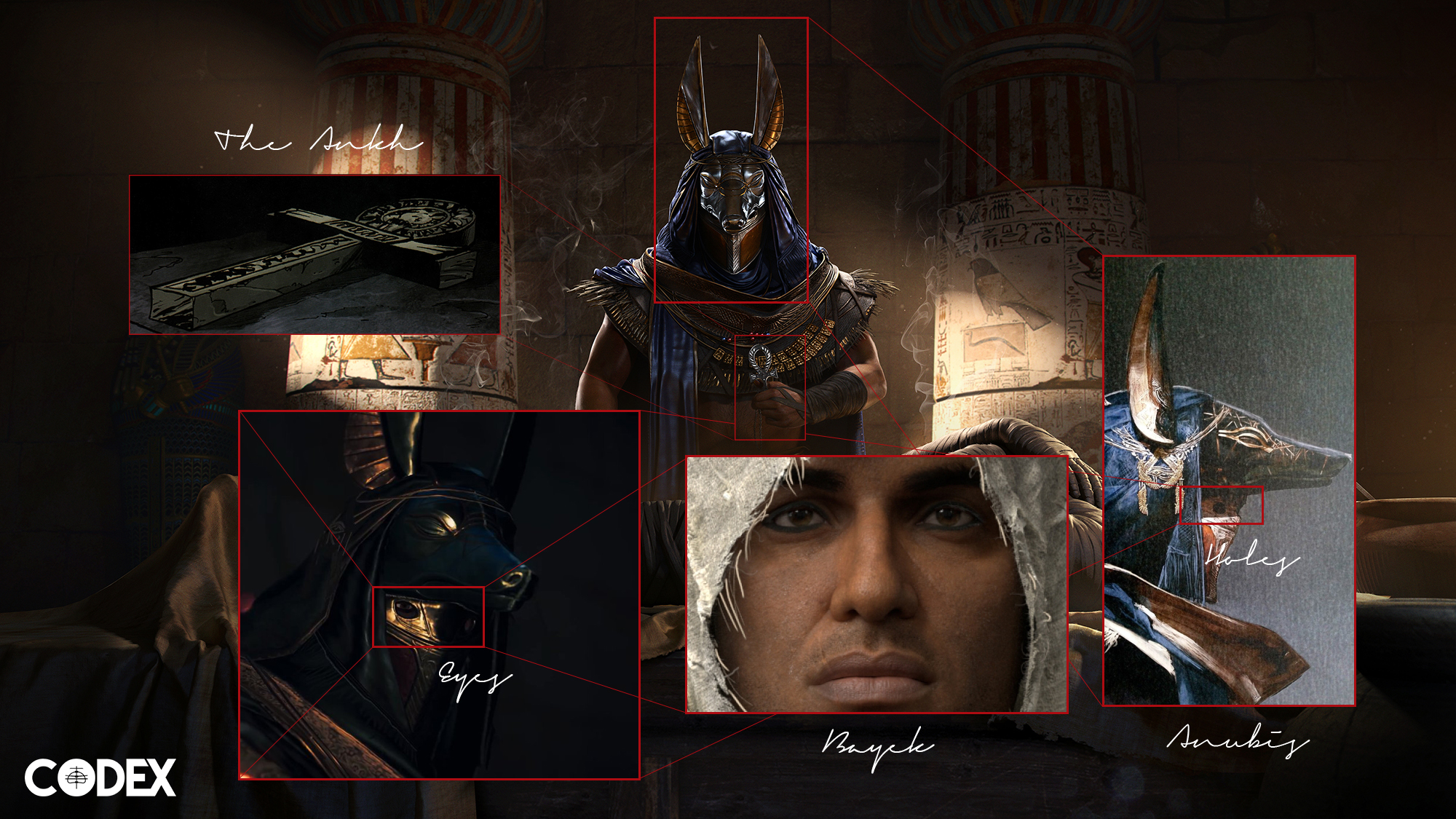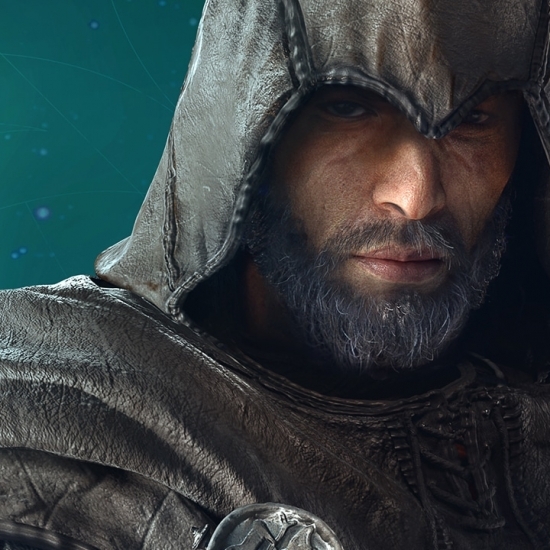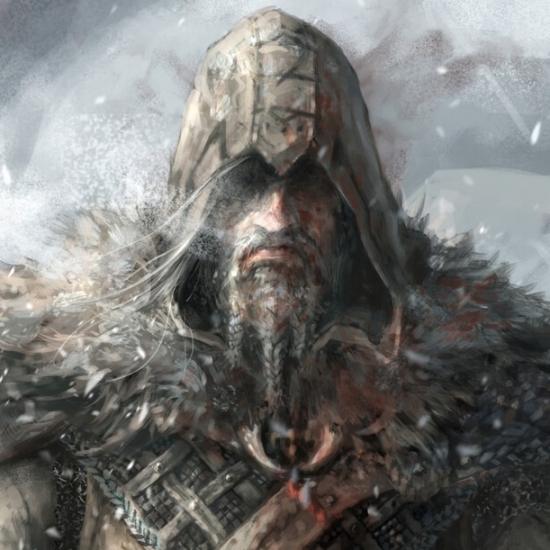DUAT
The realm of the dead in Ancient Egyptian mythology is called “Duat” and is also known by other different names like “Tuat and Tuaut or Akert, Amenthes, Amenti, or Neter-khertet“. The deity, Osiris, is lord of the underworld, as he personified rebirth and life after death, being the first mummy as depicted in the Osiris Myth. The underworld was also the residence of various other gods along with Osiris.
The Duat was the region through which the sun god Ra traveled from west to east each night, and it was where he battled Apep, who embodied the primordial chaos which the sun had to defeat in order to rise each morning and bring order back to the earth. It was also the place where people’s souls went after death for judgement, though that was not the full extent of the afterlife.
Burial chambers formed touching-points between the mundane world and the Duat, and the akh (a concept of the dead that varied over the long history of ancient Egyptian belief, associated with thought, as in intellect as a living entity) the effectiveness of the dead, could use tombs to travel back and forth from the Duat.
GODS AND MONSTERS
The God of the Afterlife, Osiris and his partner Isis (also known as Aset, who was in possession of both the Ankh and the Scepter) watched over the Egyptian pharaohs, with Isis using the Ankh to keep the harm at bay from them. Unfortunately, Osiris was murdered after some time by his brother Set, causing Isis to be overtaken by grief and pain. Later, Isis attempted to revive Osiris with the Ankh. However, she only managed to keep him alive for one night only. The two lovers consummated their love that night and their son Horus was born.
RESIDENTS OF THE UNDERWORLD
The geography of Duat is similar in outline to the world the Egyptians knew. There are realistic features like rivers, islands, fields, lakes, mounds and caverns, however, there were also fantastic lakes of fire, walls of iron and trees of turquoise. In the Book of Two Ways, one of the Coffin Texts, there is even a map-like image of the Duat. The Book of the Dead and Coffin Texts were intended to guide people who had recently died through the Duat’s dangerous landscape and to a life as an akh or an effective spirit in the netherworld. Emphasized in some these texts are mounds and caverns, inhabited by gods, demons or supernatural animals, which threatened the deceased along their journey. The purpose of the books is not to lay out a geography, but to describe a succession of rites of passage which the dead would have to pass to reach eternal life.
In spite of the many demon-like inhabitants of the Duat, it is not equivalent to the Abrahamic conceptions of Hell in which souls are condemned with fiery torment; the absolute punishment for the wicked, in Ancient Egyptian thought, was the denial of an afterlife to the deceased, ceasing to exist in akh form. The grotesque spirits of the underworld were not evil, but under the control of the gods, being present as various ordeals that the deceased had to face. The Duat was also a residence for various gods such as; Osiris, Anubis, Thoth, Horus, Ma’at and Hathor who all appear to the dead soul making its way toward judgement.
THE STAFF
Thoth, the God of Alchemy and Magic, is the Egyptian equivalent of Greek God, Hermes Trismegistus who was worshiped by the Hermeticists. Sometime in the sixth century BCE, Hermes met Pythagoras and his protégé Kyros of Zarax in the desert; there, Hermes passed his staff on to Pythagoras, naming him his successor.
It is not known if the Staff of Hermes is one of the Staves of Eden. However, judging by the similarities in design between the Staff of Hermes in an artwork, and the actual Staff of Eden, we can speculate that they can be the same artifact with the same purpose with minor aesthetic differences.
It must be noted that the Pharaoh Shabataka, a Kushite pharaoh of the twenty-fifth dynasty of Egypt, (unknown – 690 BCE), was in possession of a Staff of Eden, which he used to rule over Egypt and Kush, between 702 BCE and 690 BCE, over about 800 years after the time when Moses, a religious figure, scholar, teacher and prophet who owned a Staff of Eden, reportedly walked the Earth, circa. 1571 BCE.
TEMPLES AND VAULTS
Egypt is one of the world’s richest lands in historical sites, temples, tombs and of course, the pyramids. Since the release of the Game Informer cover story and it’s been officially confirmed that the Isu/First Civilizations are behind the constructions of the pyramids, how, by what means and for what purpose remains unknown. But the fact that they had a hand in the construction of these great structures almost confirms that there are underground laboratories, temples or vaults for the First Civilization underneath these structures or deep within their secret rooms.
The pyramids contain passageways that lead to multiple rooms, most are encased within the pyramid itself, but there are also chambers buried beneath the pyramids, deep underground. They’re considered “unfinished chambers”, but they could very well contain a secret door to a high-tech Isu facility where POEs could be held or perhaps a hologram/communication device similar to that in the vault beneath the vatican.
There are numerous theories I can think of as to how the Isu managed to build the pyramids and for what purpose. We know that Egyptian Gods like Isis (Aset) and Osiris are in fact, First Civilization/Isu members, sometime before the 24th century BCE, according to historical records dating the time when the Osiris “myth” reached its basic form.
Isu members have a much longer lifespan than humans, according to Minerva; “For centuries Tinia and I walked the world, hoping to rekindle the spark of civilization”. Yet she also added that her kind went extinct after Toba Catastrophe (possibly centuries after it) while humanity thrived because they had the advantage of higher numbers. How some managed to survive until 2400 BCE remains a mystery, yet Isis and Osiris aren’t the only ones, because Hermes Trismegistus did exist in some shape or form in the sixth century BCE.
I can think of two theories regarding their presence and influence on these civilization millennia after their kind existed:
1. They found a way to survive:
a. Physical existence: they managed to find safe havens where they lived and repopulated (some might have even lived for 75,000 since we don’t exactly know how long they can actually live).
b. Digital immortality: they managed to preserve their own consciousness in certain vaults or in specific POE such as the Ankh and the Shroud of Eden, the former can record the mannerisms of its wielder and transfer them to a corpse (similar to reincarnation) while the later preserves the consciousness of their wielder similarly to how the Isu members Consus transferred his consciousness to the prototype Shroud of Eden. It is also possible for them to store consciousness within server-like devices similar to those within the Grand Temple which preserved Juno for millennia. And therefore, they managed to observe and interact when necessary and thus they were regarded as gods due to their otherworldly nature.
2. They did not survive: however, they’ve been communicating with humanity in a similar manner to how Minerva, Juno and Tinia communicated with Desmond Miles (Minerva spoke to Desmond through Ezio, Juno confronted Ezio at the entrance of the Temple of Juno beneath Santa Maria Aracoeli and also inside the Apple Chamber, Tinia spoke to Desmond via the Nexus, and both Minerva and Juno spoke to Desmond inside the Grand Temple).The Isu members who were regarded as Egyptian Gods might have either been alive in a specific time and were regarded as gods for the same reasons early humanity did, due to their biological superiority as well as their technology and knowledge, or they were dead the whole time, but managed to communicate and instruct humanity and influence the direction of human civilization through the use of specific POE like the crystal balls or holograms like the ones we’ve seen in First Civ. sites and changed the course of history with the help of Minerva’s Calculations and The Eye device, which gave them a sense of direction in what could possibly happen in the future based on present variables.
Now if we go back to the concept of the Land of the Duat, the ancient Egyptian concept of an afterlife, based on what we know and what we theorized so far, Duat may very well be a physical place rather than an otherworldly realm or an afterlife, it could be an underground research center or laboratory where the Isu members experimented on living human subjects, sick individuals/patients, humans nearing death and even corpses of humans in attempt to find a way to achieve immortality, a concept of a high value to both ancient Egyptians and the Isu (the latter due to the Solar Flare and their extinction).
In a promotional Key Art from Assassin’s Creed: Origins, Anubis is seen holding an Ankh (a Piece of Eden) and using it on a mummified corpse, which confirms the presence of the Ankh in Origins. Whether there will be other POEs or this one will be the artifact which the game will focus on remains to be seen.
Both the theory of the Isu survival and existence in the times of the Old Kingdom (whether as a digital consciousness or in physical bodies) or the idea that they perished millennia ago and were interacting with humanity through holograms and communication devices like the Crystal Balls and influencing specific members of each civilization such as the human leaders in Ancient Egypt, the Pharaohs and the priests and encouraging them to build structures above their own laboratories, access their power sources and carry out experiments on behalf of them on their own people and making it look like divine will, both support the idea of the presence of such Isu structures of the aforementioned purposes beneath ancient Egypt and Duat could be an Isu site where ancient Egyptians thought that the dead will live in after death hence the phrase “May you walk the land of the Duat” which Bayek says after assassinating a target.
THE JACKAL-HEADED CROCODILE
In a promotional key art render from Assassin’s Creed: Origins, as well as a beautiful piece of concept art print enclosed with the Legendary Dawn of the Creed Edition, the Egyptian God Anubis is depicted. In the former, Anubis is seen holding the Ankh and seemingly using it on a mummified corpse, as I previously mentioned. In addition, the world premier trailer also shows Anubis. When examined closely, a pair of holes can be seen beneath the Jackal head of Anubis where a pair of eyes can be seen peaking from behind the two holes. The concept art mentioned above also shows these holes.
This means that the person behind the mask could be anybody and not necessarily the god Anubis himself being present in the game, especially since it’s most likely the the Isu have perished millennia ago, and even if they did live till the times of the Old Kingdom, the person behind the mask is most likely a Templar agent attempting to infiltrate the ranks and achieve the Ankh, as seen in the artwork, similarly to how Rodrigo Borgia became Pope in order to reach the Vault.
In Game Informer’s cover story of Origins, it is stated that the demo which Game Informer was given to experience Assassin’s Creed: Origins starts 15 hours into the story of the game, where Bayek is after a Templar agent known as the Crocodile, which is the same individual that Bayek is seeking in a leaked screenshot prior to the official announcement of the game.
It is likely that since the quest to assassinate the Crocodile happens that far into the story, then it is likely that the Templar known by that name could be the one masquerading as Anubis. And in a far-fetched assumption, he could be a Sage, but that remains a mystery, as we still cannot get a detailed look on both his eyes, and that feature in itself while seen in most Sages, yet remains not a definitive proof that the person in question is a Sage (remember Ojeda from Assassin’s Creed: Movie was heterochromic, yet Assassin’s Creed Head of Content, Aymar Azaïzia stated in a Q&A on Reddit that the aforementioned character was not a Sage). However, the speculation that I’m making is based on the presence of Juno events, which often leads us to think “where there’s Juno, there’s a Sage”. But that remains to be seen.
From what little that we’ve seen so far, the eye of the person behind the mask which can be seen in the world premier trailer, is brown colored and Kohl (eyeliner) can also be seen beneath the eye. While brown eyes are a common feature in so many people, along with the application of eyeliner in ancient Egypt, it is worth mentioning that those two features can be seen in a close-up render of Bayek, which could lead us to the assumption that Bayek might have somehow infiltrated the royal family under Anubis’ disguise, but that doesn’t apply for the key art render as the figure isn’t missing a finger like Bayek.
It is also mentioned in Game Informer’s cover story about Origins that Bayek will be able to put on era-appropriate outfits as well as one for Anubis and the other of a mummy:
“Bayek can put on a variety of different clothing elements, including complete outfits. These outfits include traditional Egyptian garb and clothing that’s era appropriate, but the team recognizes that players also want to live the fantasy of ancient Egypt – even if it’s anachronistic or pushes the boundaries of realism. One outfit we saw is a golden Anubis outfit, complete with a golden mask to compete the jackal-headed god’s look.” – Game Informer
FINAL WORD
In conclusion, the fact that Egypt is one of the richest lands in its historical heritage, myths, powerful leaders and age-defying structures that many consider to be way ahead of their time, put it as a major subject in Ancient Astronauts Theories, and led many to think and speculate alien intervention as an explanation to the stories of divine beings having a major role in its history.
The Assassin’s Creed franchise often based the whole First Civilization concept on Ancient Astronauts Theories. Therefore, Egypt is the most viable candidate to re-introduce the Isu/First Civilization in a strong way back to the franchise after a total absence (except for minor interactions) since Assassin’s Creed IV: Black Flag.
Ancient Astronauts Theories often theorize that these “gods” are most likely alien beings and the way they’re depicted having animal body parts such as a jackal head or an eagle, are often explained by such theorists as a reference to genetic splicing. What’s interesting is that since Assassin’s Creed adopted and remodeled these theories, replacing the aliens with a species that originated and evolved on Earth before humanity and had a major role in humanity’s creation and evolution, and weaving myths of ancient religious with scientific, pseudo-scientic and conspiracy theories.
Among the interesting parts is that Durga, an Isu member in India who first appeared in the Assassin’s Creed: Brahman graphic novel, had multiple arms. It remains unknown whether she was born with them or she had them attached into her. Yet this reminds us of how ancient Egyptian gods have animal heads. It could be that they either attempted to alter the looks of some of their members by genetic engineering, genetic splicing or those parts were altered in a later stage of their lifetime, for scientific purposes, or that they were depicted by humans and their own kind as such to reference their extraordinary abilities such as saying “cunning as fox” and replacing a person’s head with fox to reference that characteristic, or perhaps they wore these headdresses and outfits to make sure people feel inferior, scared and enthralled by their presence, a feature which may have been abused by humans to enforce their power on their own people and make them commit certain actions in the name of these gods, who may or may not have made such demands.
In addition to that, there are various recorded instances of advanced medical knowledge of ancient Egyptian people as well as the obsession with subjects like immortality, resurrection, re-incarnation, passing into the next world, Duat..etc. all are concept which can be explained by acquiring knowledge from First Civilization members, the presence of Isu members themselves or at least the effects of Pieces of Eden and their powers.
Either way, Egypt has proven itself to be one of the most diverse settings with a history so rich and long that the time between building the first pyramid and Bayek’s era is longer than the time from Bayek’s era to ours, and with a lore like that of Assassin’s Creed, the possibilities are endless as to what may be introduced in terms of over-arching narrative progress in addition to the historical story and its ties with the recorded history of ancient Egypt and its momentous figures. After all, we have a physical world to explore along with its shadow in the land of the Duat.
 RINO THE BOUNCERPharmacist. Visual Artist. Ubisoft Star Player, Assassin's Creed Brand Ambassador, Founder and Community Leader of The Codex. Tomb Raider Localization Ambassador and Official Fansite Founder.NEWS FEEDTestimonial"Just stumbled across this site after looking at some topics on the Ubisoft Forums, this is great! Exactly the thing I was looking for.""Your site lays everything down in an interesting and easy to read format, even I learn new things whilst reading your articles!""This needs more than just 5 stars!""There is only one word AMAZING!!!!!!! GREAT WORK.""Very in depth and very well thought out! Keep up the good work!"One of the best (if not the best one) AC community pages out there. Keep up the good work!
RINO THE BOUNCERPharmacist. Visual Artist. Ubisoft Star Player, Assassin's Creed Brand Ambassador, Founder and Community Leader of The Codex. Tomb Raider Localization Ambassador and Official Fansite Founder.NEWS FEEDTestimonial"Just stumbled across this site after looking at some topics on the Ubisoft Forums, this is great! Exactly the thing I was looking for.""Your site lays everything down in an interesting and easy to read format, even I learn new things whilst reading your articles!""This needs more than just 5 stars!""There is only one word AMAZING!!!!!!! GREAT WORK.""Very in depth and very well thought out! Keep up the good work!"One of the best (if not the best one) AC community pages out there. Keep up the good work!
